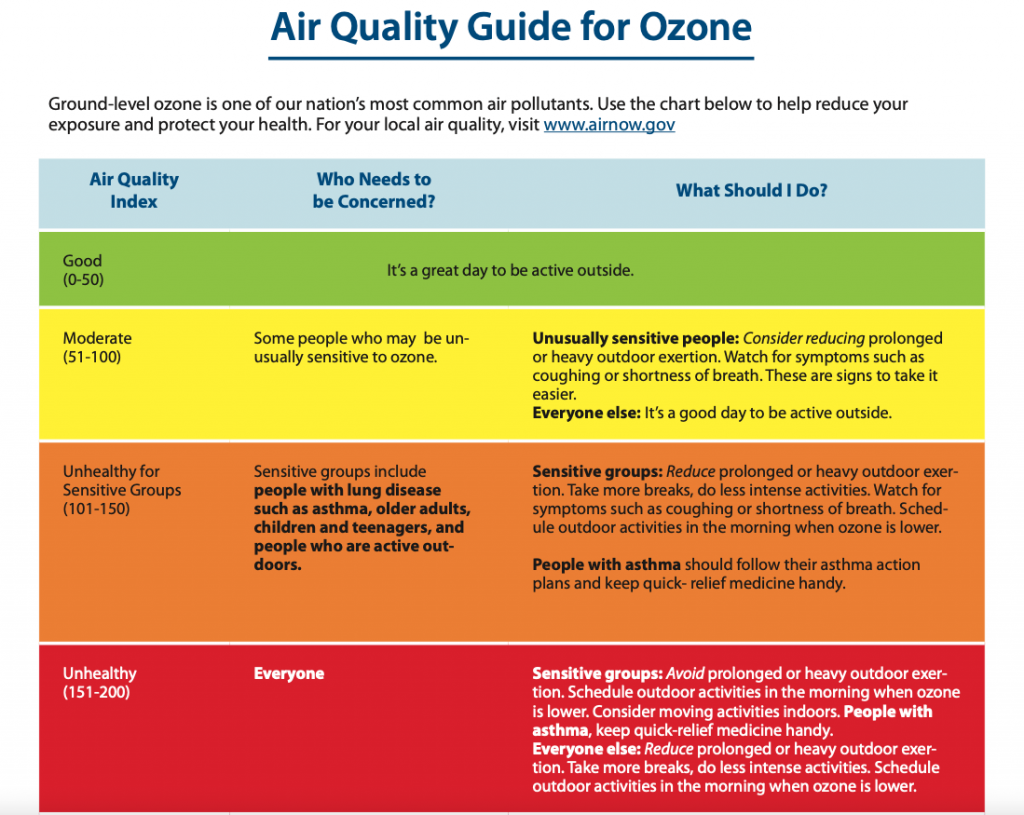Is ozone good or bad ?

Ozone O3 is an inorganic molecule and exists almost everywhere around us. Ozone is a powerful oxidant (far more so than dioxygen) and has many industrial and consumer applications related to oxidation. In the nature, it helps cleaning and sterilizing our living environment. More you can read in Wikipedia.
The effectiveness and influence of ozone is well-known. Here you have an overview:
– Instant toxic to human respiratory: > 1 ppm = 1000 ppb
– Harmful to people: > 0.2 ppm (200 ppb) x longer than 8 hours
– Harmful to airway-sensitive people (asthma, allergy, COPD,…): > 0.1 ppm (100 ppb) x longer than 6 hours
– Outdoor under sunlight in summer time: > 0.1ppm (100 ppb). This is the outdoor air quality index of O3 as the threshold value.
– Outdoor in cloudy or rainy day time: 50~100 ppb.
– Indoor air quality index of O3: < 60 ppb (EU, US, Taiwan…)
*1 ppm =1000 ppb
When the window is open to let outdoor natural O3 flow in, the indoor O3 concentration would be around 50~60 ppb. This is also the reason why “open window” is good for health, due to natural O3 from outdoor to sanitize the indoors. Therefore, any electronics to pass the safety certificate, need to comply the O3 emission < 50 ppb. This means artificial O3 emission needs to be below 60ppb naturally. Our portable sanitizer Smini and other models with APCO inside have complied this standard. Read the Radiation and Toxicity test report for more infomation.
Hereunder you can find the Air Quality Guide for Ozone, published by EPA, US government

分享在 facebook
Facebook
分享在 twitter
Twitter
分享在 linkedin
LinkedIn